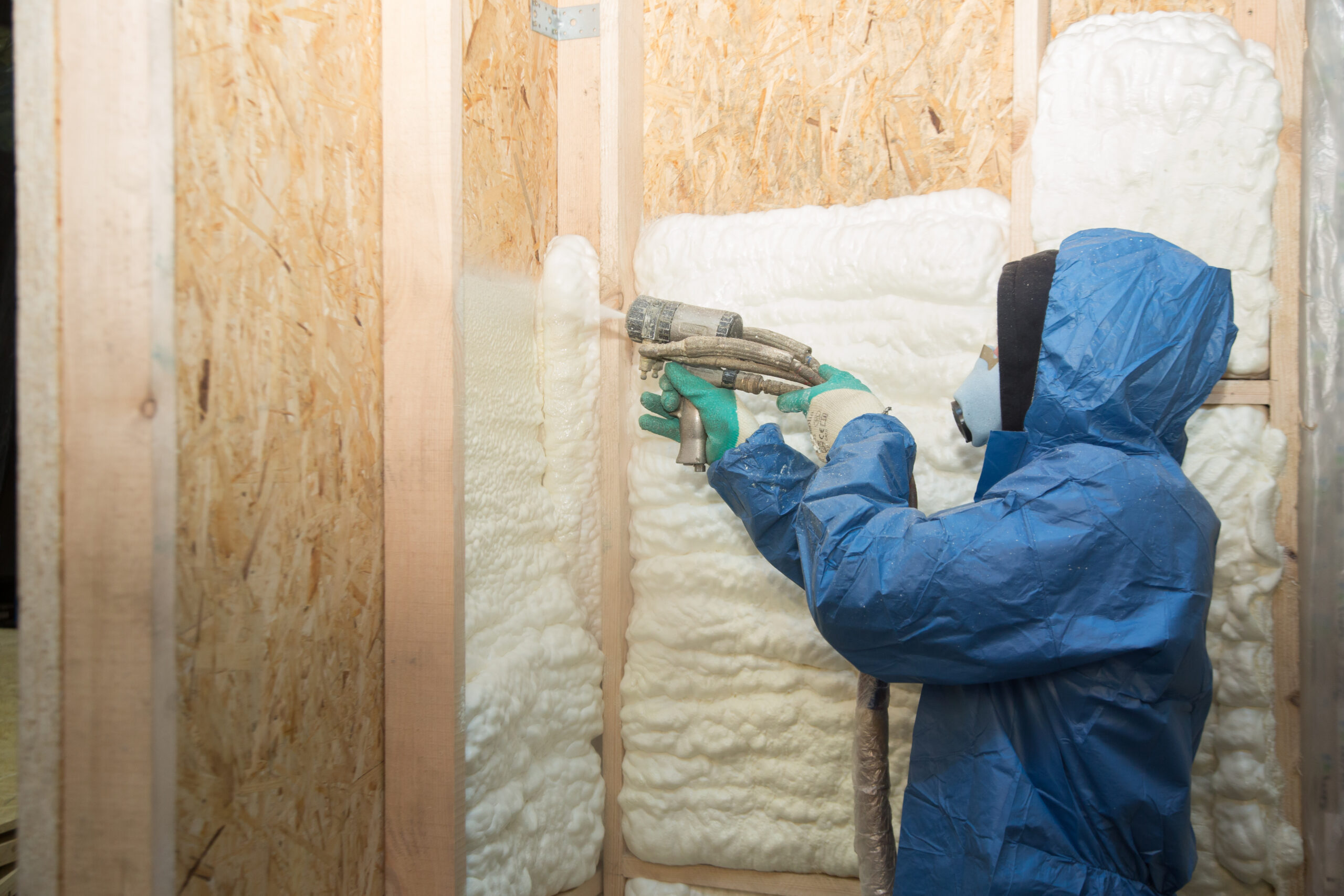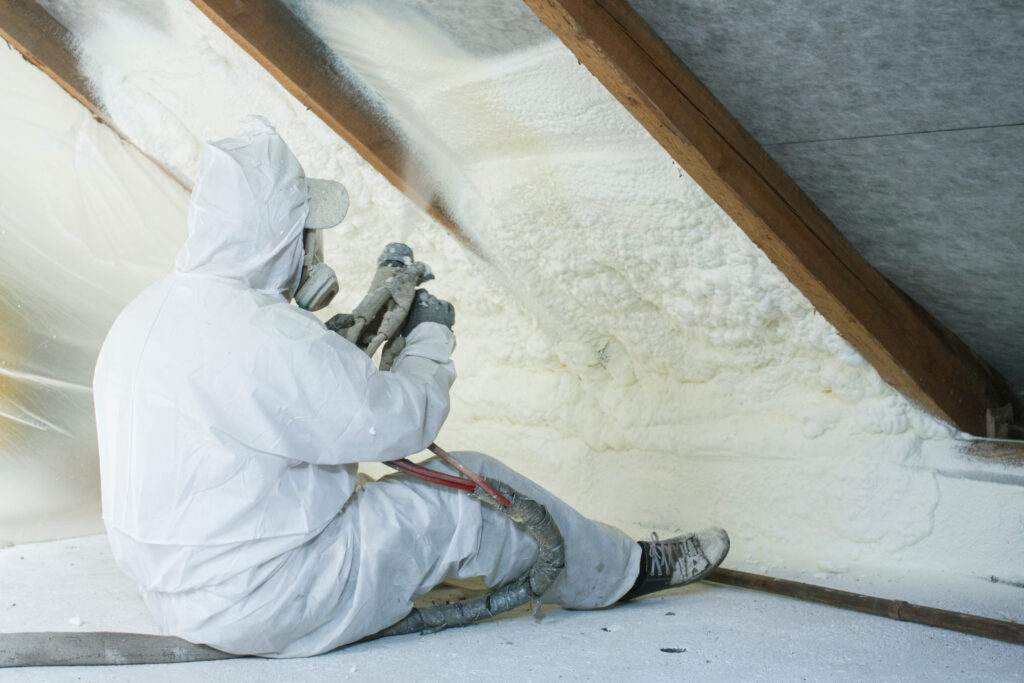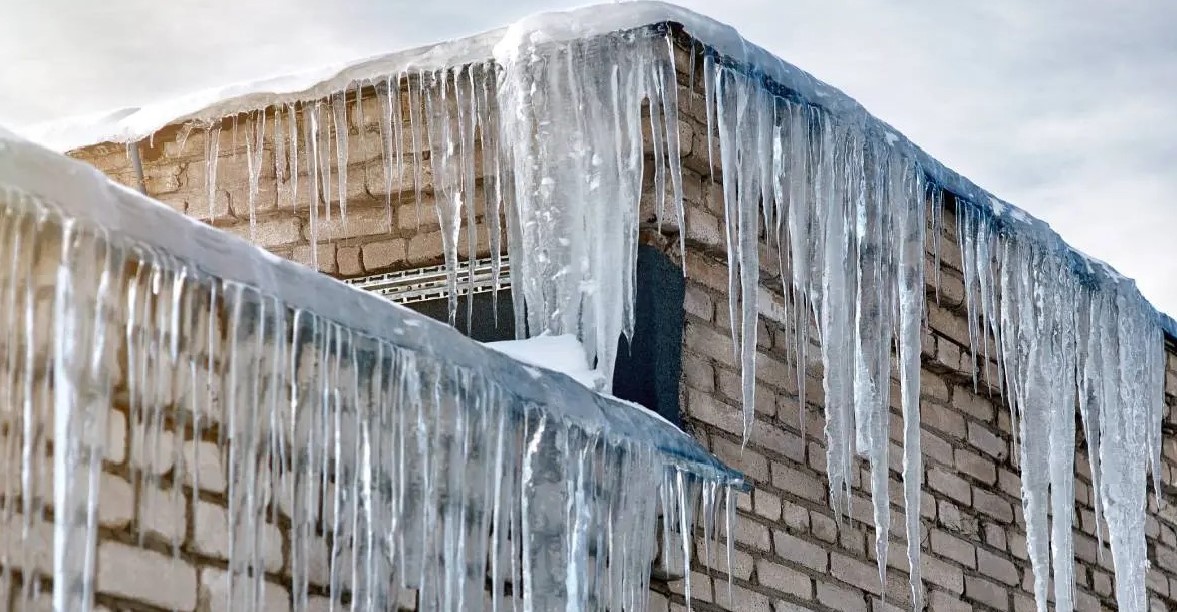Is Spray Foam Insulation Right for My Home?

Cooler in summer, warmer in winter, and more comfortable and energy efficient year-round — those are some of the primary benefits of spray foam insulation. Given soaring energy prices and New York State’s commitment to becoming carbon neutral by 2050, the time may be right to address your home’s insulation. Whether you are planning renovations or interested in finding ways to save money on energy bills, insulation may be the answer to your energy efficiency needs.
Installing spray foam insulation can boost energy efficiency while improving comfort. It offers the added benefit of sealing and conforming to the space’s unique dimensions. Regardless, each home has its own needs, and spray foam isn’t always the right choice. That’s why it’s essential to work with industry leading professionals to assess the space and make expert recommendations.
Standard has provided customer-focused insulation services since 1928. The company’s commitment to helping those living in the Capital Region and Mohawk Valley live more comfortably while saving money and energy is unparalleled. That expertise is essential in guiding homeowners in choosing the best insulation options. Let’s explore the benefits and various use cases to help determine the most suitable energy efficient insulation options for you.
Benefits of Spray Foam Insulation
Spray foam is quickly becoming one of the most popular choices in insulation, and it has numerous benefits. Of the insulation types, spray foam offers the greatest protection from air leakage because of its fluid application. It efficiently seals unwanted airflow, and its compact consistency gives it the highest R-value available per inch of any insulation.
Superior Insulation Properties
Once the spray foam has dried and cured, it offers excellent resistance for preventing heat transfer. Its R-value, which measures the material’s ability to resist heat transfer, starts at R-3.6 to R-6 per inch. It also seals air leaks, which further helps improve indoor air quality and overall comfort in the home.
Energy Efficiency
Sealing air leaks and upgrading your insulation can save you as much as 20% on monthly energy costs. With spray foam, you get both benefits in one product. Additionally, it can help you reduce the size of the heating, ventilation, and air conditioning (HVAC) equipment you need by up to 35%. This can help boost your energy savings even more.
Moisture and Mold Resistance
The materials used in spray foam insulation do not absorb moisture, and they don’t provide a food source for mold. Closed-cell spray foam insulation is certified as flood-resistant, making it particularly valuable for use in flood-prone or moisture-prone areas like foundations.
How Spray Foam Insulation Works
Spray foam installers use special equipment to apply the materials. There are several different types, including high-pressure and low-pressure application systems. The scope of the project and type of spray foam insulation will dictate the application equipment.
Application Process
The spray foam insulation application process is unique. The spray polyurethane foam activates once the two liquid components are combined on the job site by a Standard technician via special mixing equipment. Once the two parts merge, that liquid expands into foam and is conveyed via heated hoses into the areas needing to be filled.
Despite what you may think, it’s not a great DIY project. The mixing and application process can be challenging and messy. That’s why it’s best to let professionals with the proper equipment and training handle it. In the end, you want to make sure the job is done right and with the least possible mess.
Longevity and Durability
Spray foam insulation can last anywhere from 80 to 100 years when it’s expertly installed. Improper installation and use of materials in areas not suited to the materials can cause issues like moisture accumulation. All insulation becomes weaker over time, and factors like moisture and pests can hasten the process. However, compared to many other types of insulation, the durability of spray foam means that it could potentially last for the lifetime of the home.

Choosing the Right Insulation for Your Home
To select the best materials for your home, consider starting with a free home energy audit. This detailed inspection includes a thorough visual assessment inside and out, along with specialized testing to assess how your home uses energy. It can also determine any safety issues, such as fire hazards or moisture problems.
An inspection also provides an excellent opportunity for Building Performance Institute (BPI)-certified technicians to determine the best insulation options to meet your home’s unique needs. To accomplish this, they work with you to compare the different insulation types and best uses for each, and they also review cost considerations.
Comparing Spray Foam to Other Insulation Types
Spray foam insulation services are best suited for use in open wall cavities and unfinished attic spaces (including floors). It conforms to each space’s nuances and creates a tight seal, which will eliminate drafts and energy-zapping air flow.
Other options, such as blown-in insulation, may be better for use in existing walls. This insulation option is typically made of cellulose, a plant-based material treated for fire retardance. Installation requires drilling small holes and using specialized equipment to “blow” it into the area before plugging the holes for easy refinishing.
Cost Considerations
The national average ranges from $2.75 to $7.50 per square foot, according to data from Architectural Digest. However, the cost of spray foam insulation varies according to many factors, including the type of spray foam insulation you choose.
- Open-cell spray foam is the least expensive option per application inch. It boasts the benefits of an air and moisture barrier that saves energy and offers sound resistance. It has a Class 1 fire rating and an R-value of about 3.6 per inch. With open-cell spray foam, there is no lingering chemical smell after application, and it requires less material than closed-cell spray foam, making it more environmentally friendly.
- Closed-cell spray foam gives you an air and waterproofing barrier, a Class 1 fire rating, and an R-value of about 6.7 per inch. It can also be useful when applied along with fiberglass insulation. Closed-cell also acts as a Class II vapor barrier, which means it helps retard moisture from passing through the barrier.
- Green foam is the most environmentally friendly because it is made from materials that have been recycled or are renewable. It uses a higher-yield material and is typically based on castor oil, an all-natural ingredient that has been used for years as a cure-all and is still found in household items like lip balm.
When considering the cost, it’s also important to note that you may qualify for help with your insulation upgrades. Programs like EmPower+, provided in conjunction with the New York State Energy Research and Development Authority (NYSERDA), have helped thousands of Upstate New Yorkers qualify for free and no-cost insulation installation.
Advantages of Spray Foam Insulation
Why should you consider spray foam insulation over other choices? Check out a few of the primary benefits, including saving on energy costs, improving indoor air quality, and helping to muffle excessive noise.
Energy Savings
Saving energy and money are among the most prominent advantages of spray foam insulation. It reduces energy loss from air infiltration through air leaks and prevents heat from being lost during winter or transferred indoors during hot weather.
Improved Air Quality
Most people spend about 90% of their time indoors, according to statistics from the United States Environmental Protection Agency (EPA). Additionally, indoor air quality can often be worse than the quality outdoors. However, thanks to spray foam insulation’s ability to seal air leaks, you can enjoy reduced allergens, dust, and pests like insects. This can lead to better indoor air, allowing you and your loved ones to breathe more easily.
Noise Reduction
Spray foam isn’t a soundproofing material, but it can help dampen sounds from room to room. With air inside its cellular structure, open-cell spray foam is particularly effective in muffling unwanted noise and improving acoustics.
Consult the Experts at Standard
Standard is passionate about helping homeowners and renters live comfortably, enhance energy efficiency, and save money throughout the process. For expert spray foam installation or help choosing the right insulation materials for your home, schedule your insulation consultation today.




